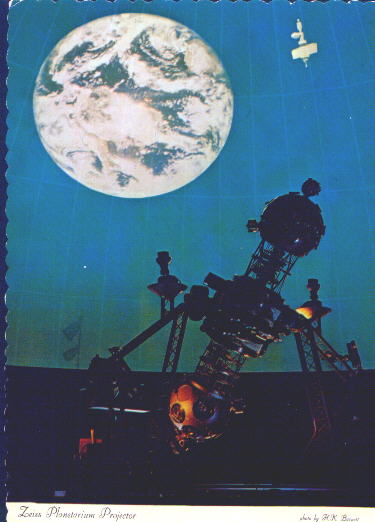
Short animation of NASA images showing the rotation of the second largest
Near-Earth-Object, Asteroid 433 Eros, which was visited by the Near Earth
Asteroid - Shoemaker space probe in 2000. Another fairly large, Near-Earth-
Asteroid, 2014 UR116, was recently discovered and found not to be a threat to
Earth, despite some media reports to the contrary.
(Image Sources: NASA, Wikipedia.org )
NASA/JPL Near-Earth Object Program Office
2014 December 8
Some recent press reports have suggested that an asteroid designated 2014 UR116, found on 2014 October 27, at the MASTER-II observatory in Kislovodsk, Russia, represents an impact threat to the Earth. While this approximately 400-meter sized asteroid has a three year orbital period around the sun and returns to the Earth's neighborhood periodically, it does not represent a threat because its orbital path does not pass sufficiently close to the Earth's orbit.
Furthermore, Tim Spahr, Director of the Minor Planet Center in Cambridge Massachusetts, has also re-computed this object's orbit after noticing that it was the same as an object observed six years ago. Using both sets of observations, the future motion of this asteroid was carried further forward in time using the automatic computations made by the Sentry system at NASA's Near-Earth Object Program Office at the Jet Propulsion Laboratory. These computations rule out this object as an impact threat to Earth (or any other planet) for at least the next 150 years.
Any statements about risk for impact of discovered asteroids and comets should be verified by scientists and the media by accessing NASA' Near Earth Object (NEO) Program web site at
Link >>> http://neo.jpl.nasa.gov/risk/
or the European equivalent, the NEO Dynamic Site at
Link >>> http://newton.dm.unipi.it/neodys/index.php?pc=4.1
Source: NASA / Jet Propulsion Laboratory.
2014: 75th Year of Pittsburgh's Buhl Planetarium

Want to receive SpaceWatchtower blog posts in your inbox ?
Send request to < spacewatchtower@planetarium.cc >..
gaw
Glenn A. Walsh, Project Director,
Friends of the Zeiss < http://buhlplanetarium.tripod.com/fotz/ >
Electronic Mail - < gawalsh@planetarium.cc >
SpaceWatchtower Blog: < http://spacewatchtower.blogspot.com/ >
Also see: South Hills Backyard Astronomers Blog: < http://shbastronomers.blogspot.com/ >
Barnestormin: Writing, Essays, Pgh. News, & More: < http://www.barnestormin.blogspot.com/ >
About the SpaceWatchtower Editor / Author: < http://buhlplanetarium2.tripod.com/weblog/spacewatchtower/gaw/ >
SPACE & SCIENCE NEWS, ASTRONOMICAL CALENDAR:
< http://buhlplanetarium.tripod.
Twitter: < https://twitter.com/spacewatchtower >
Facebook: < http://www.facebook.com/pages/
Author of History Web Sites on the Internet --
* Buhl Planetarium, Pittsburgh:
< http://www.planetarium.
* Adler Planetarium, Chicago:
< http://adlerplanetarium.
* Astronomer, Educator, Optician John A. Brashear:
< http://johnbrashear.tripod.com >
* Andrew Carnegie & Carnegie Libraries:
< http://www.andrewcarnegie.
* Civil War Museum of Andrew Carnegie Free Library:
< http://garespypost.tripod.com >
* Duquesne Incline cable-car railway, Pittsburgh:
< http://inclinedplane.tripod.
* Public Transit:
< http://andrewcarnegie2.tripod.
No comments:
Post a Comment